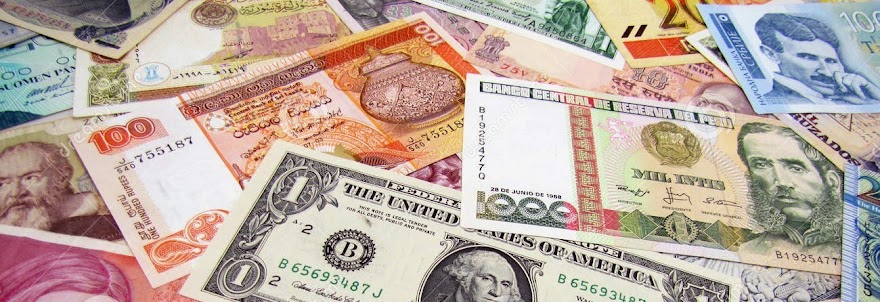"In c.1909 the Qing dynasty restructured both the Imperial banks and the issuing authorities to establish the Kwangsi Bank. In the modern history of Chinese banknotes Kwangxi became the earliest province to have a bank. At that time, Xuan Tong Year 2 (1909), Kwangsi Bank issued their banknotes known to the Nan-Ning people as the "Ooi-Long note". This literally means black dragon note, and is highly sought after by collectors. The "Ooi-Long Note" was printed in Japan, with a print run of two hundred thousand for the 1 yuan denomination and two hundred thousand pieces for the 5 yuan denomination. According to a press release in Nan-Ning dated 9 June 2006, a collector chanced upon one of these rare examples of a $5 note in a Nan-Ning market place in April 1994, purchasing it at a very high price. The note was subsequently repurchased by Chinese officials."
Source: Nutmegcollector (USA)
Source: Nutmegcollector (USA)
1909, Kwangsi Bank, 1 Yuan banknote, Extremely rare,
Sold for over £80,000 at Spink Hong Kong Sale in 2010.
Curtsey: SPINK
The
above extremely rare 1 yuan note dates back to 1909 and was the first of its
type to be available for public purchase after being produced by the Kwangsi
bank. It features 2 black dragons signifying the prowess of the Emperor and Monarch
and accordingly named as the "Ooi-Long note", in the middle
"Xuan Tong Yuan Bao". To date, only 3 examples of this rare note have been discovered and as the
Kwangsi bank was reorganised in 1911 not many are likely to still exist. The note, sold at an auction by Spink, was snapped up by a Taiwanese Collector - who must remember not to take it to the bureau de change otherwise it will be taken again by the government. A magnificent example and tempting story indeed!
Source: SPINK HONG KONG SALE 2010.


No comments:
Post a Comment